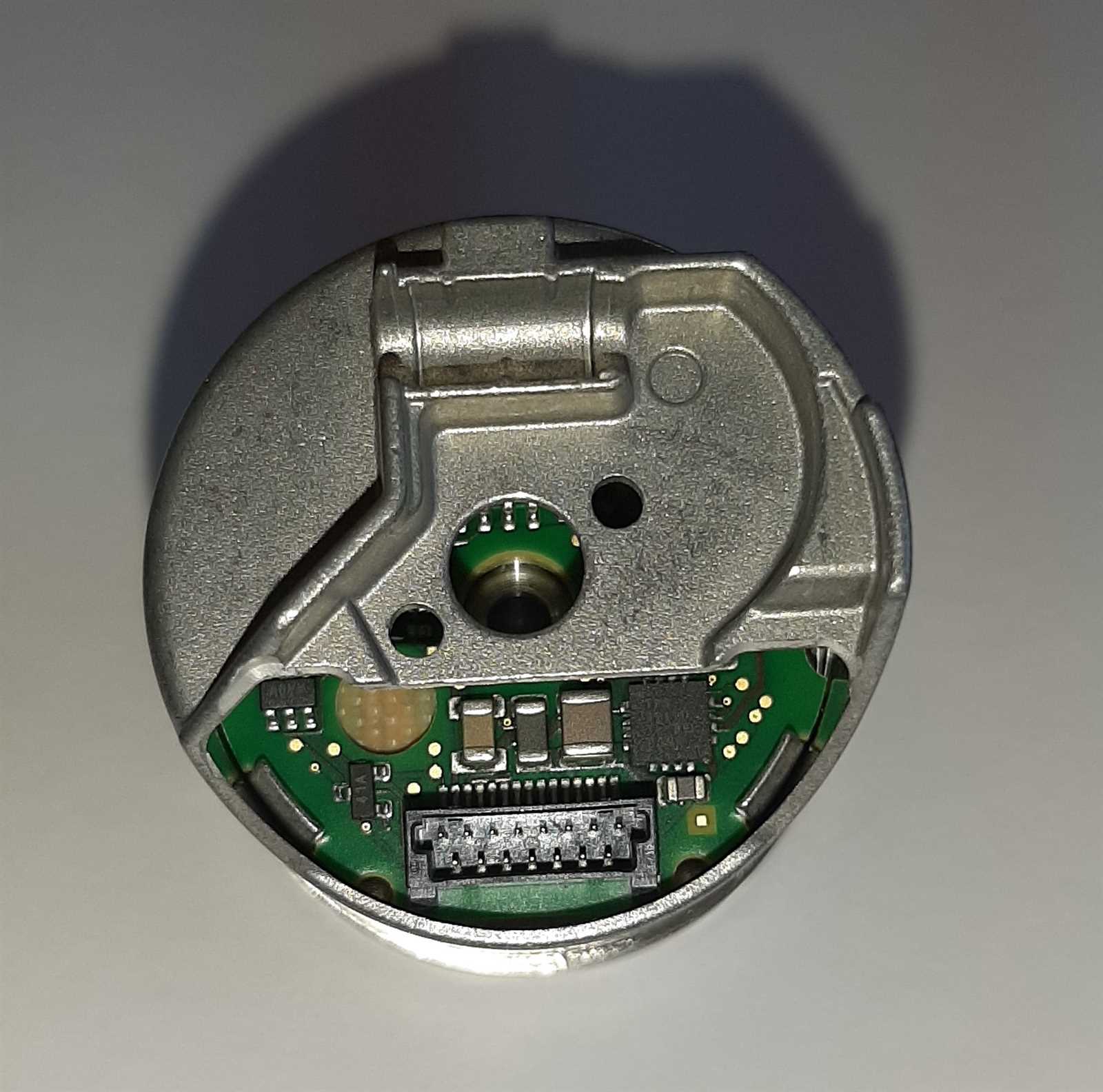
In the world of cutting-edge technology and precision engineering, there exists a highly sophisticated device that has revolutionized the field of industrial automation and control systems. This device, with its unrivaled accuracy and reliability, plays a pivotal role in numerous applications where precise measurements are of paramount importance.
This state-of-the-art instrument, commonly referred to as a “motion encoder,” serves as the backbone of many advanced machinery and robotics systems. Its primary function is to measure and track the position, velocity, and angular orientation of various mechanical and electromechanical components with exceptional precision and speed. Armed with an array of advanced sensors and intricate algorithms, this device eliminates the margin for error, ensuring seamless operations, and enabling enhanced efficiency and productivity.
Designed and manufactured by one of the leading pioneers in the field of precision measuring technology, this remarkable instrument embodies decades of research, innovation, and expertise. Engineered with utmost care and meticulous attention to detail, this device surpasses its competitors in terms of accuracy, longevity, and overall performance. With its unique blend of cutting-edge technology and ingenuity, it has become an indispensable asset in industries such as aerospace, automotive, electronics, and many others.
Understanding the Basics of Heidenhain Encoders
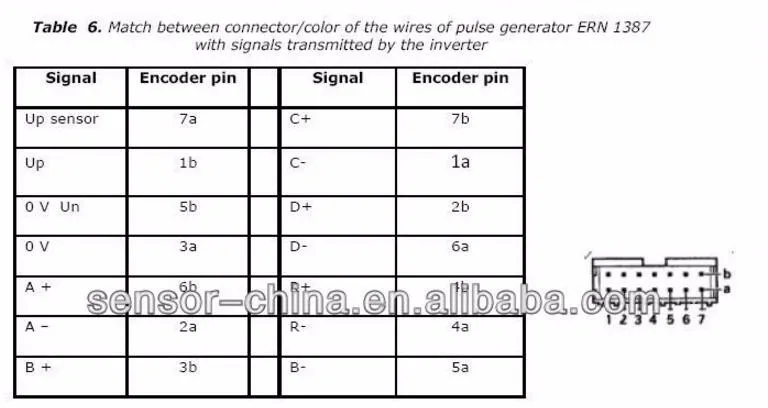
When it comes to precision measurement and feedback systems, Heidenhain encoders play a crucial role in ensuring accurate position detection in a wide range of applications. In this section, we will delve into the fundamental concepts behind Heidenhain encoders and explore their significance in various industries.
Starting with the core functionality, Heidenhain encoders serve as reliable sensors that convert mechanical motion into electrical signals. These signals then provide valuable data on position, speed, and direction to the control systems of machines and equipment. By utilizing cutting-edge technology and advanced design principles, Heidenhain encoders deliver precise and repeatable measurements, even in demanding and high-performance environments.
One essential aspect to grasp is the concept of resolution. Heidenhain encoders offer exceptional resolution capabilities, enabling precise detection of even the smallest positional changes. Resolution refers to the smallest increment of motion that an encoder can detect and provide feedback on. This ability to capture fine details allows Heidenhain encoders to meet the stringent requirements of industries such as aerospace, automotive, medical, and manufacturing.
Furthermore, a key advantage of Heidenhain encoders is their versatility. These encoders come in various types, including absolute and incremental encoders. Absolute encoders provide precise position information without the need for a reference point, while incremental encoders deliver relative positional data by tracking changes from a fixed reference point. Both types have their unique benefits, and the choice depends on the specific application and requirements at hand.
In addition to resolution and versatility, the robust construction of Heidenhain encoders contributes to their exceptional performance and longevity. These encoders are engineered to withstand harsh environmental conditions, vibrations, and shocks, ensuring consistent and accurate measurements even in challenging operational settings.
By comprehending the fundamentals of Heidenhain encoders, engineers and technicians can harness the power of these advanced sensors to optimize machine performance, enhance productivity, and ensure the highest levels of precision in various industries.
Key Features and Specifications of Heidenhain Encoder Datasheets
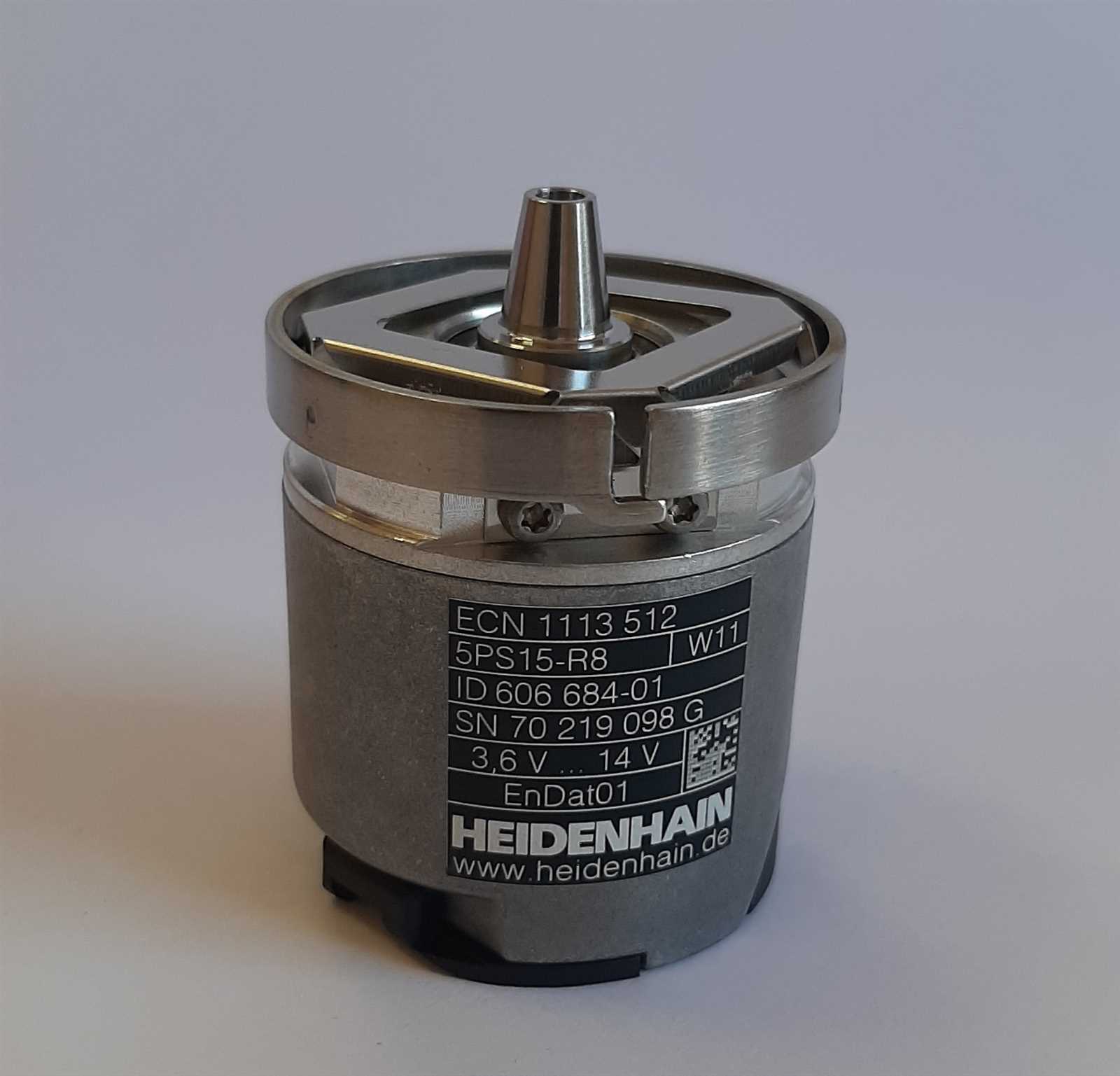
When it comes to understanding the capabilities and specifications of Heidenhain encoders, the datasheets play a crucial role. These documents provide valuable information about the key features and technical specifications of the encoders, ensuring that users have all the necessary details to make informed decisions.
Overview
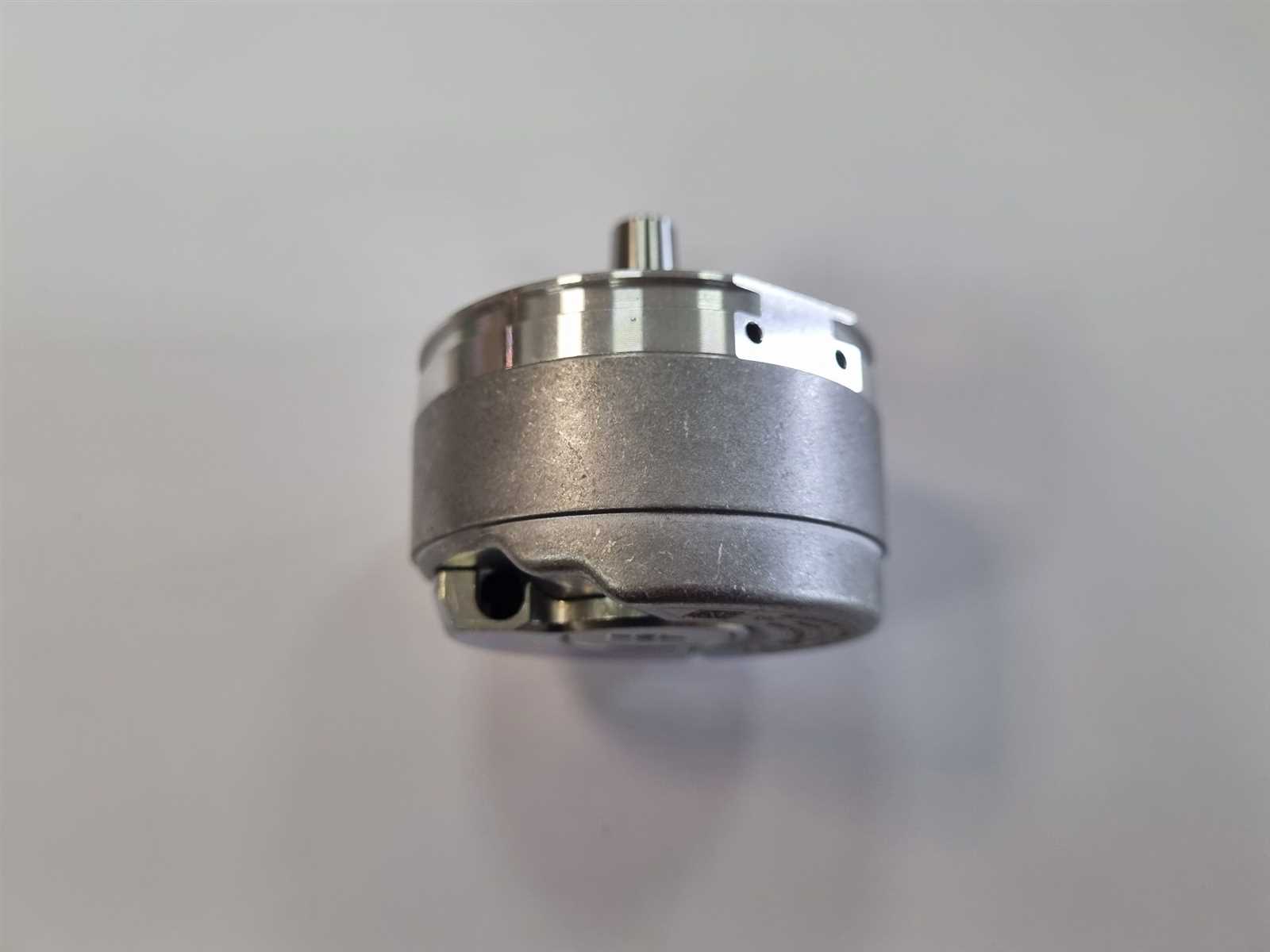
The key features section of the Heidenhain encoder datasheets provides a comprehensive overview of the encoder’s functionalities and capabilities. It highlights the unique attributes that set these encoders apart from others in the market, emphasizing their high precision, reliable performance, and advanced technology.
Specifications
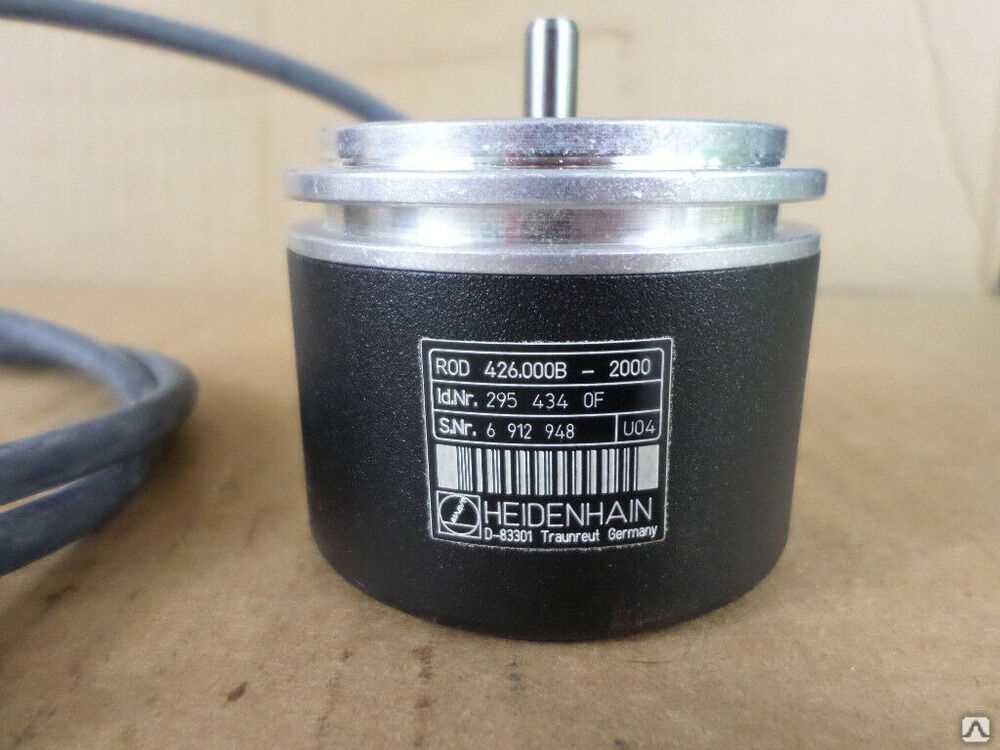
The specifications section delves into the technical details of the Heidenhain encoders. It provides information on crucial aspects such as resolution, accuracy, output signal type, and electrical connection. Users can find details about the encoder’s maximum speed, rotational speed variation, and angular displacement, enabling them to select the right encoder for their specific application requirements.
| Key Features | Specifications |
|---|---|
| High precision measurement | Resolution: Up to nanometer level |
| Reliable performance | Accuracy: Within specified limits |
| Advanced technology | Output Signal: Analog, Digital |
| Electrical Connection: Cable, Connector | |
| Maximum Speed: Varies based on model | |
| Rotational Speed Variation: Low | |
| Angular Displacement: Precise measurement |
By thoroughly examining the key features and technical specifications outlined in the Heidenhain encoder datasheets, users can confidently choose the encoder that best suits their specific application needs, ensuring optimal performance and accuracy.
How to Interpret and Utilize Heidenhain Encoder Datasheets
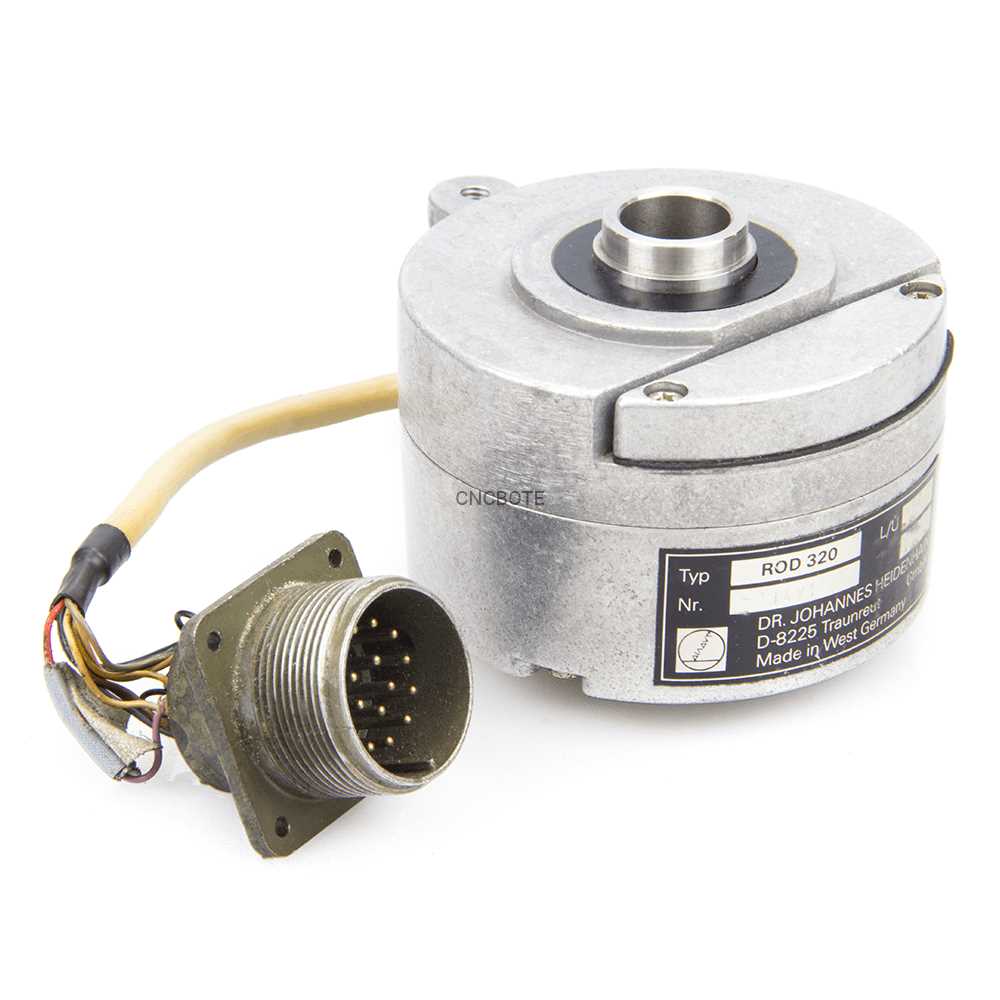
In this section, we will explore the practical ways to understand and maximize the potential of Heidenhain encoder datasheets. By delving into the comprehensive documentation provided by Heidenhain, users can gain valuable insights into the functionality and specifications of the encoder, allowing for informed decision-making and optimized integration.
1. Familiarize Yourself with the Terminology
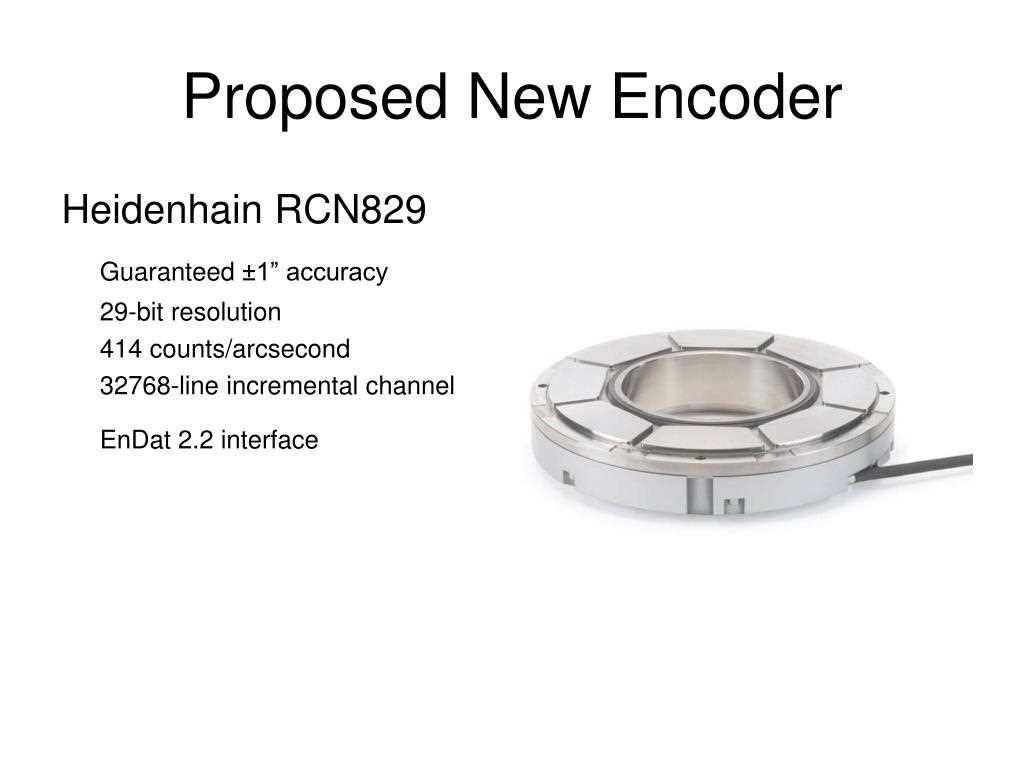
Before diving into the details of the datasheet, it is essential to familiarize yourself with the key terminology used. Understanding the technical jargon and acronyms will help you decipher the information presented in the datasheet, allowing for effective evaluation and comparison between different encoder models.
2. Examine the Technical Specifications
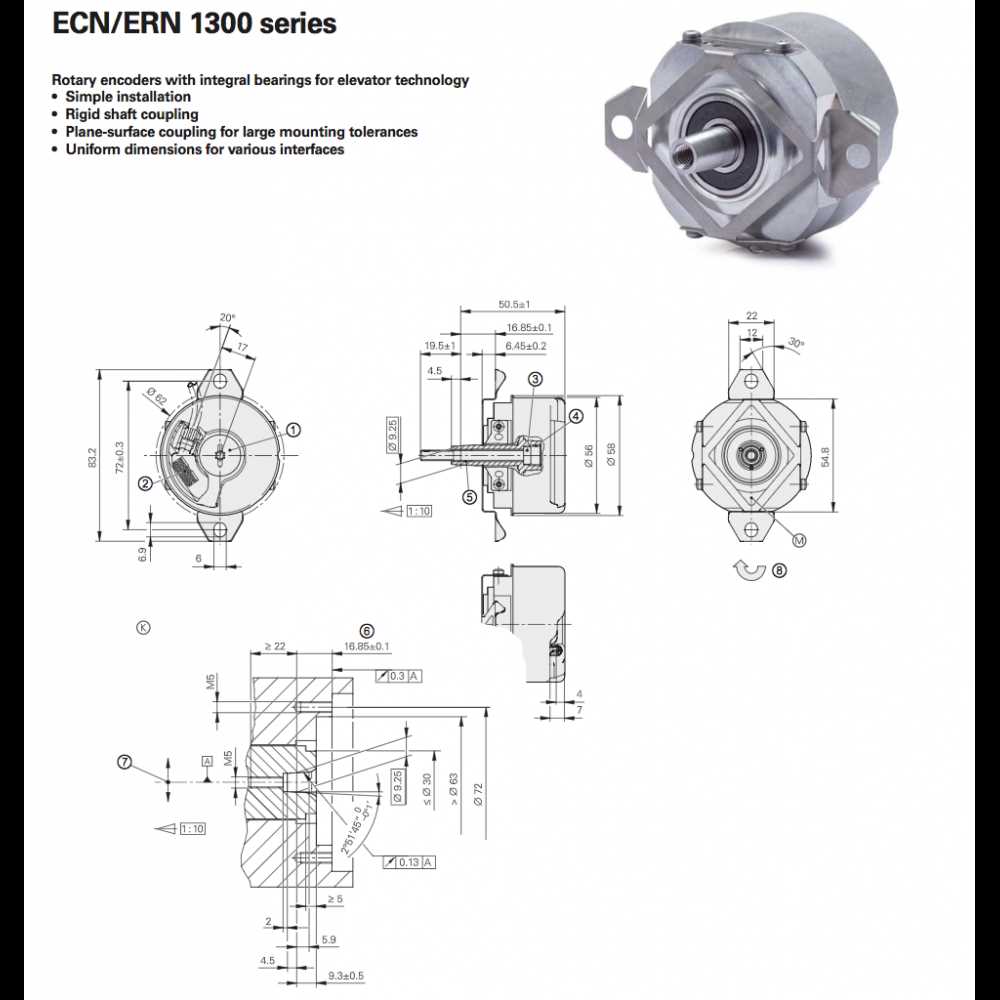
The next step is to meticulously examine the technical specifications provided in the datasheet. This section offers a wealth of information, including resolution, accuracy, signal format, electrical interface, and environmental considerations. Pay close attention to the performance parameters that align with your application requirements to ensure optimal encoder selection.
- Resolution: Evaluate the encoder’s ability to detect and measure incremental position changes. Higher resolutions provide finer precision but may have trade-offs in terms of speed or cost.
- Accuracy: Consider the encoder’s level of precision in delivering accurate position feedback. Look for specifications such as reference marks, interpolation accuracy, and linearity to gauge the encoder’s accuracy performance.
- Signal Format: Determine the type of output signals generated by the encoder, such as quadrature, analog, or digital. Ensure compatibility with the receiving system to achieve seamless integration.
- Electrical Interface: Assess the electrical characteristics, such as voltage supply range, current consumption, and interface compatibility. Ensure that the encoder can be easily connected to your control system without any potential compatibility issues.
- Environmental Considerations: Take into account the operating temperature range, seal rating, and resistance to vibration and shock. These factors are critical for determining the encoder’s suitability within the intended application environment.
3. Evaluate Additional Features and Functionalities
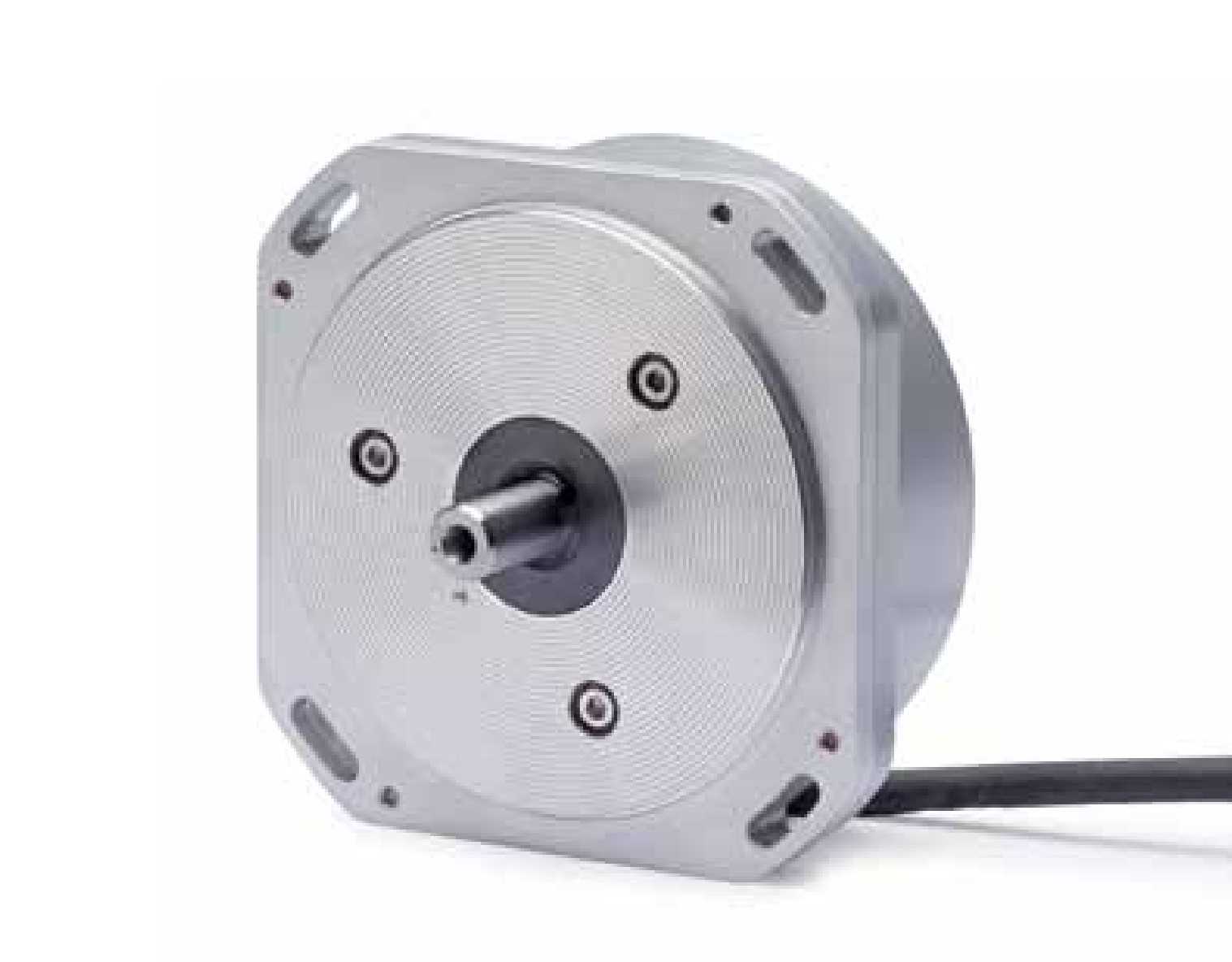
Beyond the technical specifications, Heidenhain encoder datasheets also provide valuable information about additional features and functionalities. Consider features such as multi-turn functionality, advanced signal processing capabilities, diagnostic tools, and compatibility with various communication protocols. Assessing these aspects will help you select an encoder that aligns with your specific application requirements and enhances overall system performance.
By following these guidelines, you can effectively interpret and utilize Heidenhain encoder datasheets to make informed decisions and ensure successful integration of their encoders within your applications. A thorough understanding of the datasheet will empower you to optimize performance, reliability, and efficiency, ultimately leading to a seamless and successful encoder application.